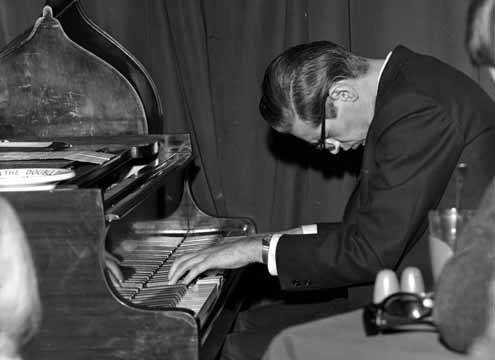I had a great time just learning the simple bass riff and chord changes and playing along with the recording -- sometimes it just feels so good to get in a rhythm and play along with a killer band. It's sort of a like a meditation for me.
Here's the sheet music and recording for you to check out and follow along to.
When you are voicing a minor 7 chord on piano, the simplest thing to do is to play all the chord tones from the root up -- Root, 3rd, 5th, 7th. If we take the first chord of "Let's Groove," Em7, that would be E, G, B, D. Go ahead and play that in your right hand, with a bass note (E) in your left. Sure, that sounds ok, but the secret to really sounding pro is just a few steps away. First off, take out the root from your voicing. Now try to left hand playing the bass note, E, and your right hand playing just G, B, D. Much better, right? If you (or the bass player) is already playing the root, no need to be redundant. Now change that G, B, D into an inversion -- try D, G, B (still with an E in your left hand). Now this is a fantastic voicing for an Em7 chord that you hear pianists use all the time.
Another way to think of this is to play the major triad a minor third up from the root note. For example, in an Em7 a minor third up from E is a G. So Em7 becomes G/E. In an Am7, a minor third up from A is C, so an Am7 becomes a C/A.
Notice in my arrangement of "Let's Groove" all the different ways of voicing minor 7 chords. If you like the sound of a certain voicing, try it in all 12 keys!
Happy Shedding!



 RSS Feed
RSS Feed